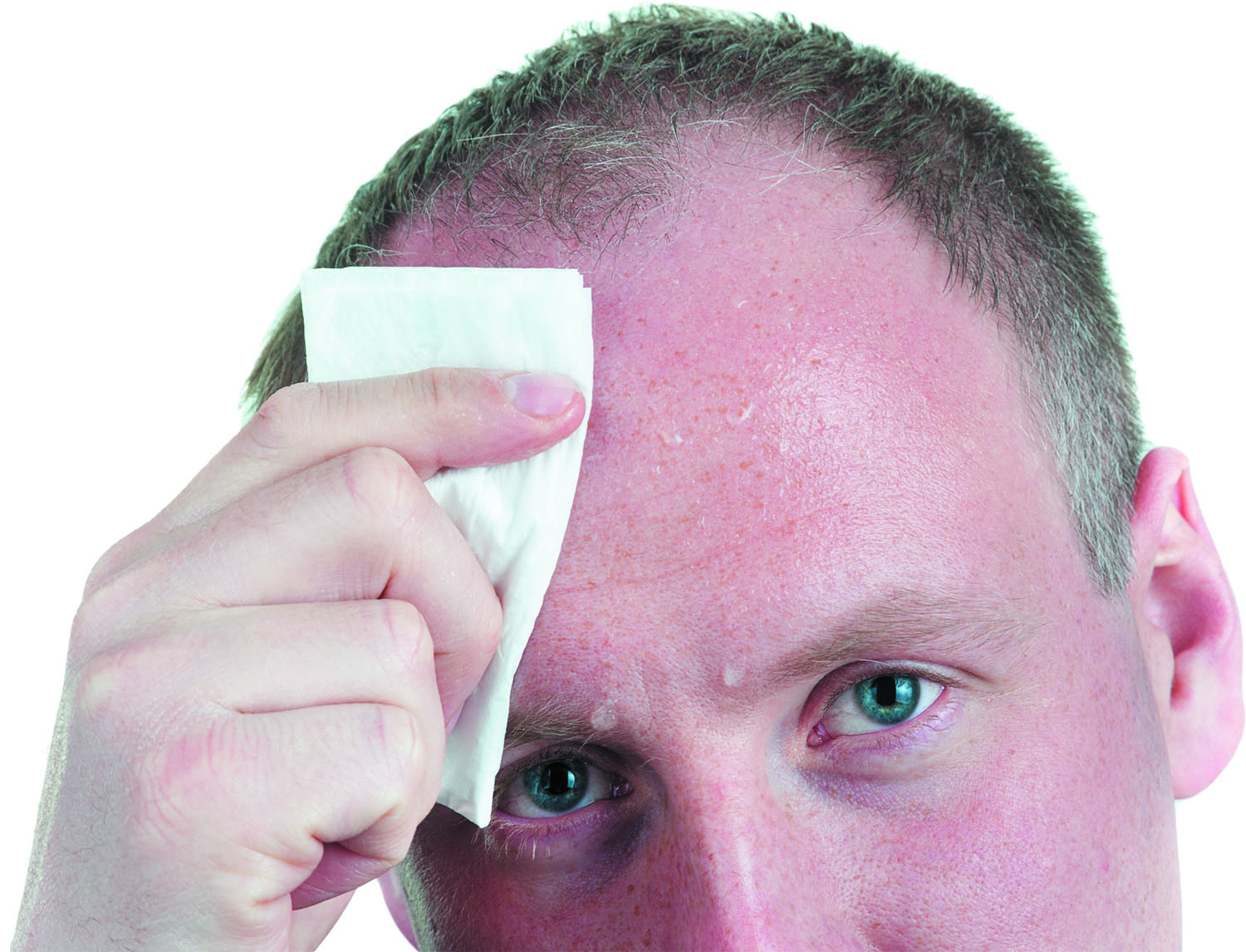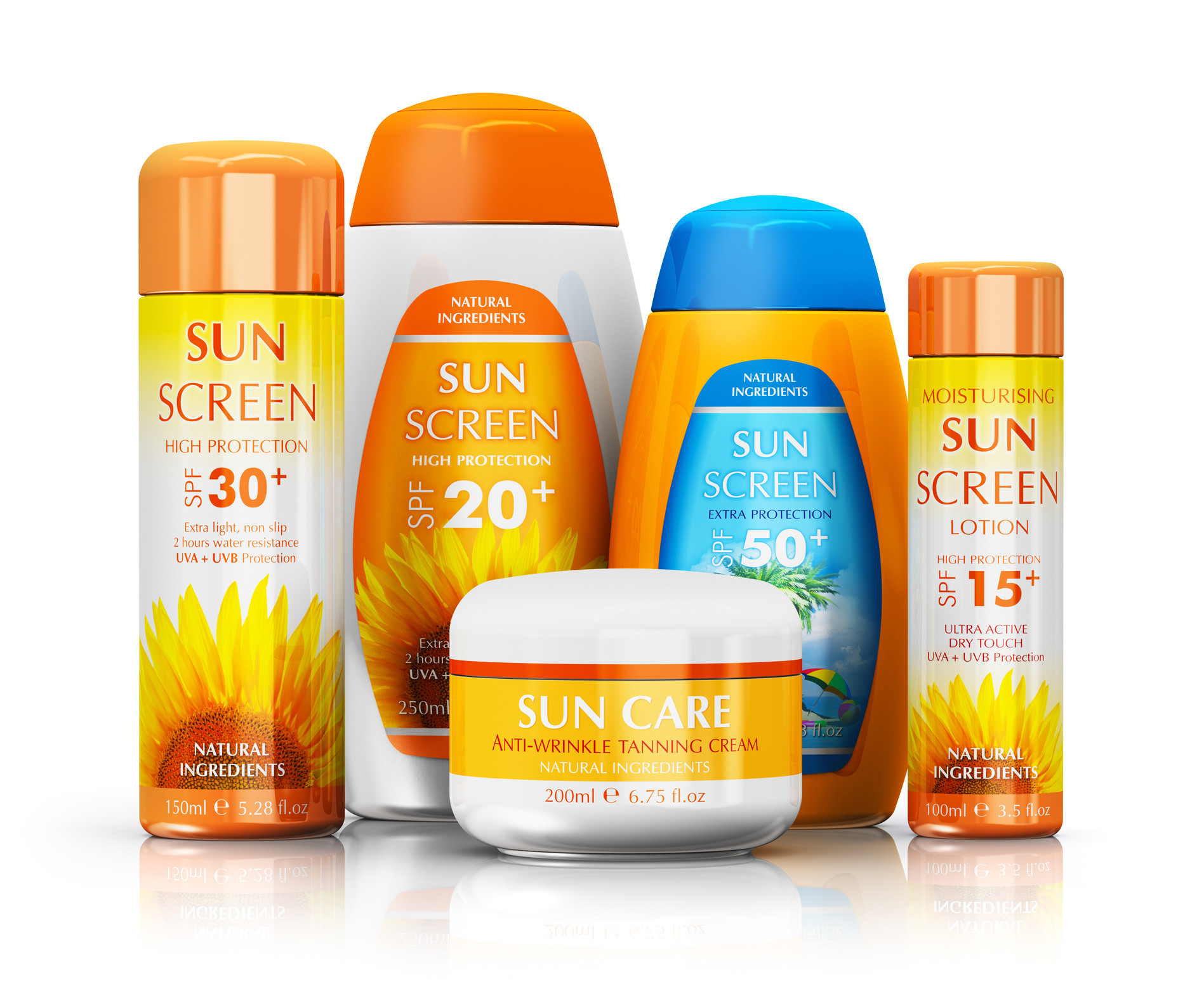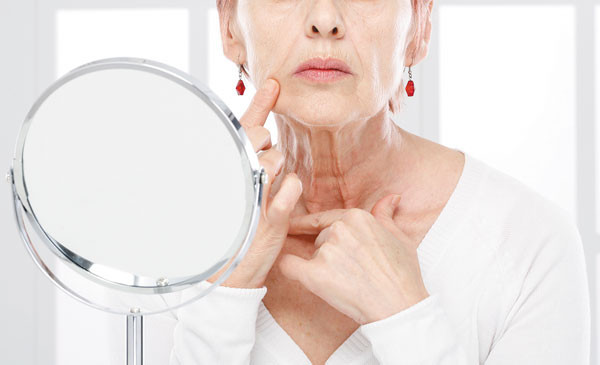
5 timeless habits for better health

What are the symptoms of prostate cancer?

Is your breakfast cereal healthy?

When pain signals an emergency: Symptoms you should never ignore

Does exercise give you energy?

Acupuncture for pain relief: How it works and what to expect

How to avoid jet lag: Tips for staying alert when you travel

Biofeedback therapy: How it works and how it can help relieve pain

Best vitamins and minerals for energy

Should you take probiotics with antibiotics?
Skin and Hair Archive
Articles
When is heavy sweating a problem?
On call
Image: © EunikaSopotnicka/Thinkstock
Q. I've noticed recently that I sweat excessively, regardless of the temperature. Should I be concerned?
A. Your genes can determine whether you sweat a lot, but a sudden change in your regular sweating may suggest an underlying condition. Sweating is regulated by your nervous system and can be triggered by a number of causes. The primary signal for perspiration originates in the brain in response to a temperature-related or emotional cue, and then is carried by the autonomic nervous system to the sweat glands in the skin.
Why do I lose a lot of hair each fall?
Ask the doctors
Q. I have fairly thick hair in the summer, but it seems to thin out in late fall. Is there anything I can do now to prevent losing hair in a few months?
A. Sadly, no. What you've experienced is common to all of us. On average, about 90% of the hairs on our heads are in the growing phase and about 10% are in the resting phase. After a few months in the resting phase, the hairs are shed. It's normal to shed up to 100 hairs a day.
What is the best way to treat severe dandruff?
On call
Q. I have had a dandruff problem for years. I have tried selenium and zinc shampoos, as well as ketoconazole shampoo. Nothing has worked. Are there other options?
A. Dandruff, which is a chronic skin condition known as seborrheic dermatitis of the scalp, can range from a minor irritant to a severe rash of the entire scalp.
Ask the doctor: Does psoriasis raise diabetes risk?
Some experts feel there is evidence that probiotics may help prevent or treat several conditions, such as inflammatory bowel diseases, travelers’ diarrhea, irritable bowel syndrome, and some allergies (particularly eczema).
When You Visit Your Doctor Acne
Acne
Questions to Discuss with Your Doctor:
- At what age did your problem with acne begin?
- Do you have blackheads, whiteheads, pustules, or cysts?
- If so, what areas are involved: your face, chest, back?
- What is your skin-care routine?
- What products do you use? Do any of them help?
- What medications have you tried (e.g., benzoyl peroxide, Retin-A, antibiotics, Accutane)?
- If you are female, does your acne get worse around the time of your menstrual period and do you have regular menstrual periods?
- What medicines do you take, including over-the-counter medicines and birth-control pills?
- Have you been developing extra body or facial hair?
Your Doctor Might Examine the Following Body Structures or Functions:
- Skin exam
Your Doctor Might Order the Following Lab Tests or Studies:
- Blood tests (liver function tests, cholesterol, or if you are female, perhaps a pregnancy test if you are taking the medicine Accutane)
When You Visit Your Doctor - Rash
Rash
Questions to Discuss with Your Doctor:
- How long have you had the rash?
- Where did it start?
- Has it spread?
- Is the rash only on parts of your skin that have been exposed to the sun?
- Does it itch or hurt?
- Is the rash red, pink, or purple?
- Is the rash smooth or bumpy?
- Have you had sores in your mouth, eyes, or other mucous membranes?
- Have you had blisters on your skin?
- Have you had trouble breathing?
- Have you had a fever?
- Have you symptoms of an upper respiratory tract infection (for example, a cold)?
- Have you had vomiting or diarrhea?
- Are you taking any prescription drugs, over-the-counter drugs, herbs, or supplements? Did you start any of them in the past two months?
- Have you had any new exposures to foods or chemicals?
- Any exposure to insects?
- Have you had any recent sun exposure?
Your Doctor Might Examine the Following Body Structures or Functions:
- Temperature
- Examination of your skin, mouth, eyes, mucous membranes, lymph nodes, liver, and spleen
Your Doctor Might Order the Following Lab Tests or Studies:
- Skin scrapings for microscopic analysis or culture (if the rash looks infectious)
- Complete blood cell count or other blood tests (if you appear sick or have a fever)
- Skin biopsy
When You Visit Your Doctor - Shingles
Shingles
Questions to Discuss with Your Doctor:
- Do you have a history of chicken pox?
- Does your skin hurt, itch, or feel numb?
- Is the pain sharp, dull, or piercing? How long have you had it?
- Do you have a rash? If so, for how long?
- Is the rash in more than one place on your skin?
- Is the rash on one side of your body only?
- Has the rash at any time looked like small blisters?
- Do you still have pain even if the rash is gone?
- What triggers the pain (for example, a light touch)?
- Do your symptoms interfere with your ability to sleep or perform activities of daily living?
- Are you taking any medications?
Your Doctor Might Examine the Following Body Structures or Functions:
- Skin exam almost always confirms the diagnosis
Your Doctor Might Order the Following Lab Tests or Studies:
- Skin scraping to examine under the microscope, or for viral culture, immunofluorescence, or polymerase chain reaction testing (rarely needed)
Benefits of moderate sun exposure
Dr. Robert S. Stern, chair of the Department of Dermatology at Harvard-affiliated Beth Israel Deaconess Medical Center , calls them "solar-phobes": people so concerned about getting skin cancer that they stay inside or cover every bit of skin. "They cover up like they were going out into the Arabian Desert ," he says. The marketing of ultrablocking sunscreens and special sun-protective clothing plays into these fears.
There's no getting around the fact that sunlight is hard on your skin. Age gets blamed for wrinkles and rough, dry skin. But the real culprit is a combination of age and sun that dermatologists call photoaging. The short UVB wavelengths that cause sunburn can also damage DNA and suppress the skin's immune system. The longer, more penetrating UVA wavelengths may create highly reactive oxygen molecules capable of damaging skin cell membranes and the DNA inside.
Want to take years off your face? These treatments can rejuvenate your skin
An increasing array of nonsurgical products and procedures aim to reduce the effects of time and sun exposure.
Image: studiokovac/Thinkstock
It's often said that our lives are written on our faces. But if you feel like doing a little editing—erasing a few fine lines, softening a deep furrow, or evening out some patchy spots—there's an increasing array of products and procedures to help rejuvenate skin worn by time and sun exposure. "When it comes to skin treatments, there's lots of good news in therapies for medical conditions as well as cosmetic concerns," says Dr. Kenneth Arndt, adjunct professor of dermatology at Harvard Medical School and medical editor of the Harvard Special Health Report Skin Care and Repair.
A growing population of healthy, active older women who want to look as young as they feel has spurred the development of skin rejuvenation techniques that are more subtle and have much shorter recovery times than facelifts. "It's important to choose your treatments with care and to check and double-check the reputation and accreditation of clinicians performing invasive skin procedures," Dr. Arndt says. You may want to consult a dermatologist to weigh the possible risks and likely benefits of various treatments. Cosmetic procedures aren't covered by insurance, so cost might also be an important factor in choosing a skin rejuvenation procedure.

5 timeless habits for better health

What are the symptoms of prostate cancer?

Is your breakfast cereal healthy?

When pain signals an emergency: Symptoms you should never ignore

Does exercise give you energy?

Acupuncture for pain relief: How it works and what to expect

How to avoid jet lag: Tips for staying alert when you travel

Biofeedback therapy: How it works and how it can help relieve pain

Best vitamins and minerals for energy

Should you take probiotics with antibiotics?
Free Healthbeat Signup
Get the latest in health news delivered to your inbox!
Sign Up







